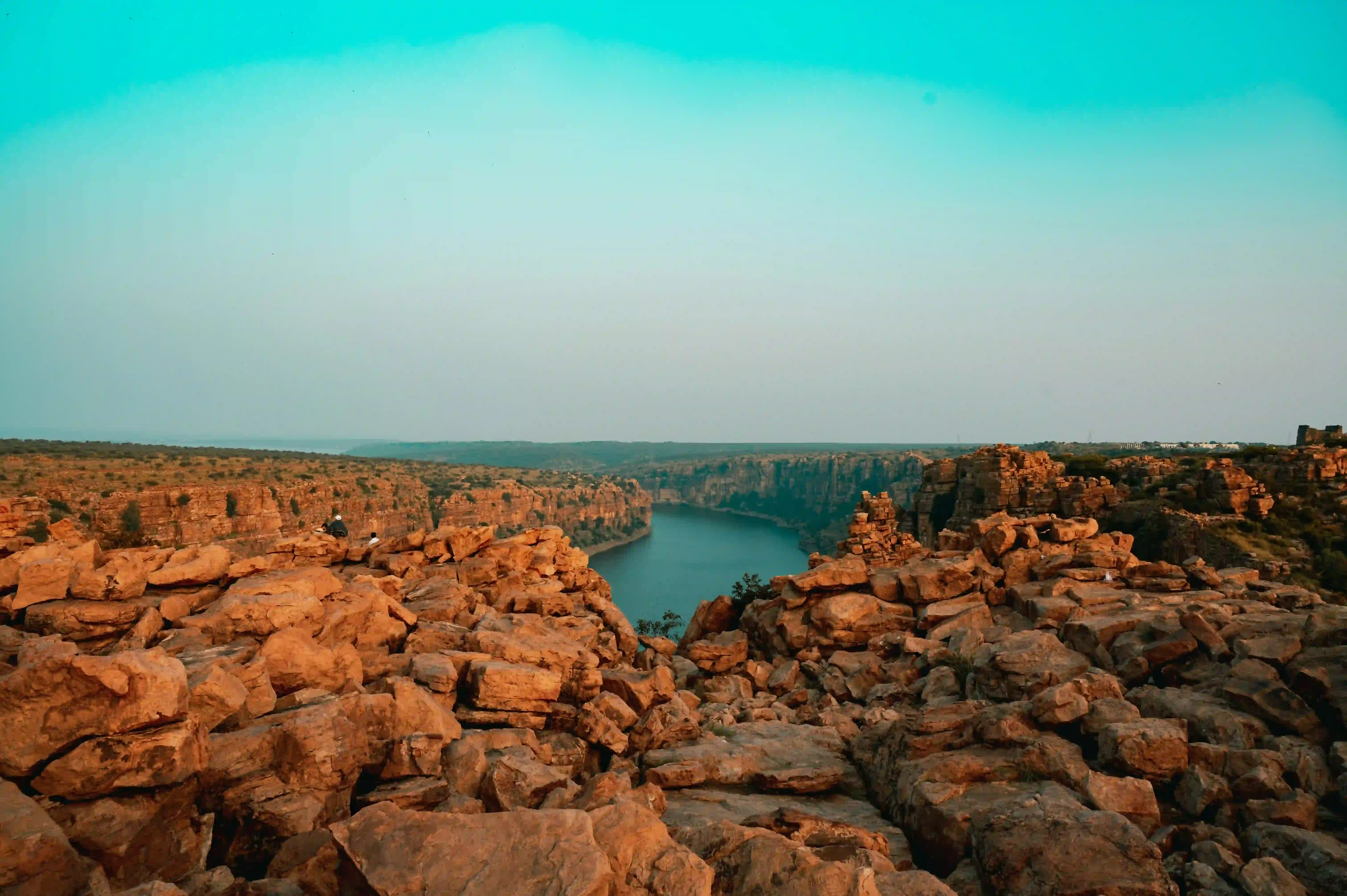The Udayagiri and Khandagiri Caves represent a profound archaeological treasure nestled near Bhubaneswar in Odisha, offering a remarkable window into the complex cultural landscape of ancient India. Carved meticulously during the reign of King Kharavela in the 1st and 2nd centuries BCE, these interconnected cave complexes stand as silent testimonies to the rich architectural and spiritual traditions of the time.
Architecturally, these sandstone-hewn caves demonstrate extraordinary craftsmanship and sophisticated rock-cutting techniques. The intricate carvings adorning their walls narrate elaborate stories spanning historical events, royal lives, and religious observations. Each cave presents a unique narrative, with sculptural details that reveal the advanced artistic sensibilities of the period, showcasing not just structural engineering but also a profound aesthetic understanding.
The spiritual significance of these caves is deeply rooted in Jainism, serving as residential and meditative spaces for ascetic monks. King Kharavela, a devout Jain ruler, patronized these excavations as spaces of profound spiritual contemplation. The Hathigumpha inscription found within these caves provides unprecedented historical insights, detailing the king's conquests, philosophical perspectives, and the sociopolitical dynamics of the era.
Religious and cultural narratives intertwine seamlessly within these cave complexes. They reflect the nuanced interactions between Jainism, Buddhism, and local indigenous traditions, capturing a transformative period in Indian spiritual history. The architectural designs, with their multilevel structures and carefully planned spaces, offer glimpses into the monastic lifestyle and philosophical practices of Jain ascetics.
Beyond their immediate religious context, these caves serve as critical archaeological repositories. They document complex social structures, artistic expressions, and the intellectual sophistication of ancient Indian civilizations. The carvings and inscriptions provide scholars with invaluable information about political structures, economic systems, and cultural exchanges during a pivotal historical period.
The caves' historical significance extends beyond their immediate geographical context. They represent a critical junction in India's cultural evolution, capturing the transitions between different religious and philosophical paradigms. The narrative embedded in these stone walls speaks to broader themes of cultural resilience, artistic expression, and spiritual exploration.
Modern scholarly interest in Udayagiri and Khandagiri Caves continues to grow, with researchers constantly uncovering new interpretations and insights. Archaeological Survey of India's conservation efforts have been instrumental in preserving these fragile yet profound historical monuments, ensuring that future generations can connect with this rich cultural heritage.
Today, these caves stand not just as archaeological sites but as living narratives of human creativity, spiritual quest, and historical complexity. They invite visitors and researchers to explore the intricate layers of India's cultural memory, offering profound insights into a civilization's artistic, spiritual, and intellectual journey.









